Photochromic Pigment introduce
1、 Introduce:
Photochromic pigment is made from photochromic dye by special process package in microcapsules. It can be discolored under sunlight or ultraviolet lamp, and can be restored to the original powder. This kind of material has the characteristics of color sensitivity and super-long weather resistance, which can be added directly to different kinds of photochromic products.
2、Use:
Coating: suitable for all kinds of surface coating products, including PMMA spray paint, ABS spray paint, PVC spray paint, etc.
Ink: printing of various materials, including fabric, paper, synthetic film, glass, etc.
Plastic products: applicable to all kinds of plastic PP, PVC, ABS, silicon rubber and other materials, such as injection, out of forming.
3、Dosage:
Oil (ink, paint) : general, recommended 10%-25%
Waterborne (ink, paint) : general, the recommended amount is 10%-15%
Plastic injection, out: general, recommended 2%-5%
4、Notes:
Avoid the use of uv absorbent.
It is recommended to add light absorber and antioxidants to increase the anti-light fatigue.
For polarity sensitivity, the substrate selection is most applicable to materials with PH value of 5-7.
Adding different additives or using different base material may result in chromatic aberration.
5、Storage:
Should be sealed in a sealed, dry, dark place to avoid direct sunlight. It can be kept for two years.
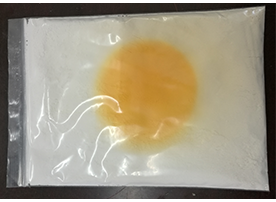
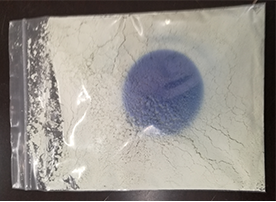
Photochromic pigment yellow 022 Photochromic pigment blue 057
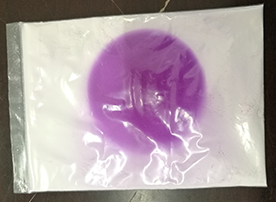
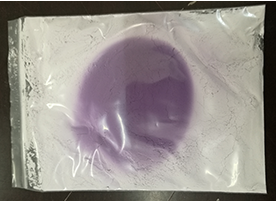
Photochromic pigment purple 056 Photochromic pigment purple 169
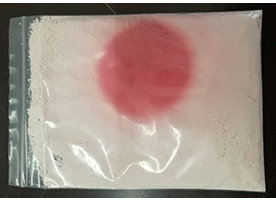
Photochromic pigment red 108
Photochromic dyes
Photochromic dyes reversibly alter their color upon exposure to ultraviolet sources or sunlight. These photochromic dyes respond to natural solar irradiation as well as ultraviolet (UV). When sunlight or ultraviolet (UV) radiation is applied, the dye becomes excited and the molecular structure is changed allowing a color to appear. When the stimulus (sunlight/UV) is removed, the dye will return to a state of rest. Photochromic molecules are not reactive in their crystalline state and need to be dissolved in a solvent or polymer to function.
These proprietary organic materials come in various activated colors such as: blue, yellow, burgundy and red. When combined, additional colors such as green, brown and gray can be produced. It is possible to combine both fluorescent and/or organic pigments with reversible photochromic to produce permanent colors.



photochromic pigment purple 169
Purple 169 is off-white powder under sunlight and deep purple under UV.
photochromic pigment purple 056
Purple 056 is off-white powder under sunlight and light purple under UV.
photochromic pigment bule 057
Blue 057 is off-white powder under sunlight and blue under UV.
photochromic pigment yellow 022
Yellow 022 is off-white powder under sunlight and yellow under UV.
photochromic pigment red 108
Red 108 is off-white powder under sunlight and red under UV.

















